What To Look For When Choosing A Blood Pressure Monitor?
October 1, 2019 2022-11-04 18:40What To Look For When Choosing A Blood Pressure Monitor?
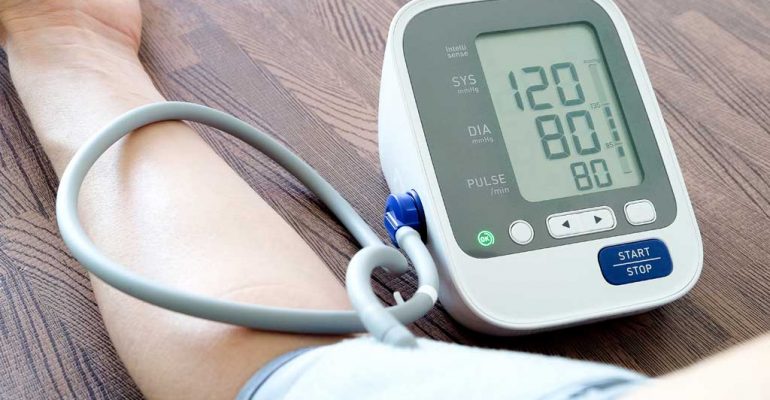
What To Look For When Choosing A Blood Pressure Monitor?
Self-monitoring of blood pressure at home is an important adjunct to clinic measurement by providing supplementary information to practicing doctors. It enables more precise diagnosis and treatment in the long-term follow up of hypertension. It also allows multiple readings averaged over time and measurements were done in your usual environment; giving a more reproducible blood pressure value that is devoid of abnormally high reading due to anxiety when your blood pressure is measured in the medical environment; also known as white coat effect.
Studies have also shown that patients who were trained to measure their own blood pressure at home may improve control of blood pressure by improving compliance, as they become more involved in their care. And at the same time reducing healthcare costs by reducing the number of clinic visits.
Having said that, if you are on a lookup for home blood pressure monitor, these are some criteria that you should consider before buying one:
- Decide on the type of monitor
You may talk to your doctor or pharmacist as they’ll be able to help in selecting the best model for you. You may ask if your health care team can suggest a specific home device that they are used to working with.
You may decide whether you prefer models that are electric and/or battery powered. Choose the inflation model either manual, semi-automatic or automatic. Manual blood pressure cuffs must be pumped up using a rubber bulb at the end of the cuff. Semi-automatic monitors also need to be wrapped around your arm but automatically inflates by pressing the button, records the blood pressure and displays it on a digital display on the monitor’s screen.
2. Get the right size cuff
A wrong sized arm cuff or ‘miscuffing’ can affect your readings. It even constitutes the most frequent error in the measurement of blood pressure. Measure around your bare arm halfway between your shoulder and elbow using a close measuring tape to find your size. Most arm models have two sizes or an adjustable cuff that fits most people. Make sure your choice fits the circumference of your upper arm. The proper cuff has a bladder length of 80% and width of at least 40% of arm circumference. If you are unsure, refer to your doctor, nurse, or pharmacist for the size you needed.
Many devices are sold with variable size cuffs that will fit a majority of arms from the small adult to large adult range. Check device specifications for the range of arm circumferences covered. Children and adults with smaller or larger than average-sized arms may need special-sized cuffs. They are available from medical supply companies, by direct order from companies that sell blood pressure cuffs, and in some pharmacies.
3. Ensure accuracy through medical societies’ endorsement /validation
Various standards exist globally to measure the accuracy of blood pressure measurement devices against recognized protocols. Hence, make sure the device you selected has been tested, validated and approved for accuracy by accredited bodies such as European Society of Hypertension, dabl Educational Trust, or the Association for the Advancement of Medical Instrumentation (AAMI). Each organization has posted its list of approved devices on its website.
The endorsement by respected society may appear somewhere on the box or in the manual. A good device manufacturer would state whether their product adheres to an accredited standard in the items description, but, if not, be sure to check on the website.
You should also ensure device accuracy by checking the monitor for calibration and battery-check every once in a while.
4. Choose an affordable blood pressure monitor
This will help you focus on monitors that meet your budget. Monitors vary in price depending on its brand and features. Some of the more expensive models may include features that you don’t even need. Hence it would be wise to choose a cheaper blood pressure monitor as long as it is equipped with sufficient features for your use. Or else, it’s better to spend extra expense on a monitor that you’ll use routinely.
5. Opt for ease of use
Buy a blood pressure monitor that is easy for home monitoring. Be sure the display on the monitor is easy to read and understand, and that the buttons are large and intuitive. The directions for applying the cuff and operating the monitor should be clear. You should also consider its portability especially if you are a frequent traveller or are advised to measure your blood pressure several times a day. Look for the one that is compact and easy to bring around with.
6. Do you need extra features?
To make your blood pressure routine as simple as possible, manufacturers have come out with various extra features that may benefit you. Some of the additional features that you may consider include:
Heart-related measurements: Measure pulse rate, detect an irregular heartbeat and track changes per second in your systolic or diastolic rates. Users tracking blood pressure to monitor a heart condition could benefit from these features, but they might be unnecessary for others.
Connectivity: Some BP monitors can connect to your home computer so that the readings can be downloaded. A few BP monitors can connect via Bluetooth to a smartphone, which is very convenient when it works well. Some monitors even come with an app to connect to your mobile phone to help you record your blood pressure.
Memory storage: Determine the needed memory storage based on how many times per day you need to test blood pressure. You should also consider a multiple user monitors if you and another family member will both be testing your blood pressure regularly.
Adjustable inflation level: The automatic inflation setting might be a lot higher than your systolic blood pressure, causing discomfort. Some models allow you to adjust the inflation level accordingly.
7. Read warranty options
Most blood pressure monitors and cuffs will have a warranty available for purchase that will guarantee the function of the monitor from 1 to 5 years. Read the warranty options to know whether it covers the whole monitor or only the digital display or the actual monitor, but not the cuff. Know that some brands will charge an additional fee for warranty activation while other brands offer the warranty free with the purchase of the monitor.
Make sure the monitor is appropriate for you in providing the information you require when taking your blood pressure monitor. Many devices are carefully developed in specifications and modes of operation to provide the most useful information possible for your body type and physique, which is important since blood pressure can be inaccurately represented if the BP monitor isn’t right for you. Most importantly, it is recommended to a monitor that meets standards for your age and health conditions validated by accredited organizations.

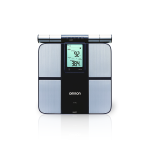
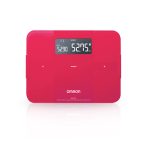
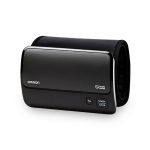
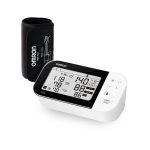
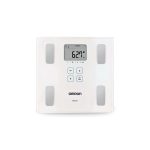

Comment (1)
swaathi777
Hi sir, recently i brought omron bp machine with normal size cuff but i need extra large cuff in same omron brand,where do i get. Pls rply. Thank in advance